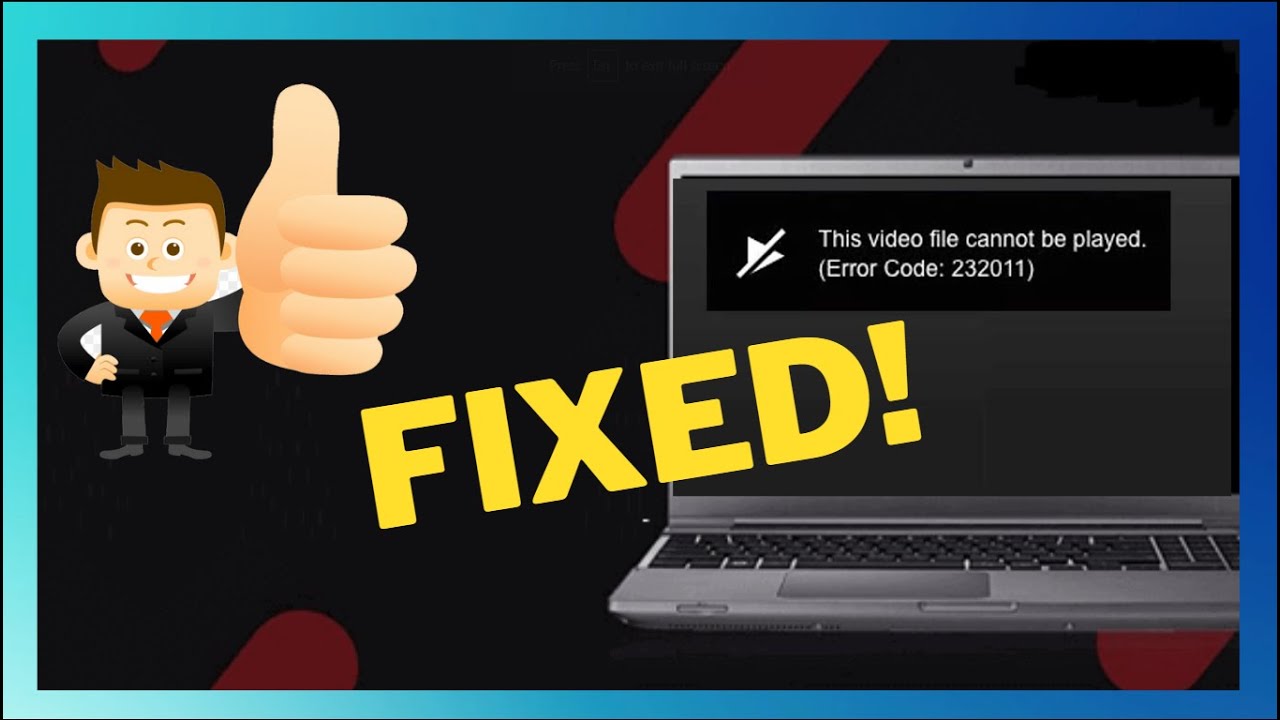Organisations always seek methods to improve their IT infrastructure, become more agile, and promote creativity. To design, plan, execute, and manage IT architectures systematically, the Open Group Architecture Framework (TOGAF) has become an established framework for enterprise architecture. However, What is TOGAF and how it works are essential questions for starting your career. A TOGAF Certification help when you want to be a professional who can improve IT infrastructure and work effectively. This blog will examine TOGAF, its concepts, components and advantages.
Table Of Contents
-
- What is TOGAF?
- Key Components of TOGAF
- Advantages of TOGAF
- Conclusion
What is TOGAF?
One well-known and vendor-neutral framework for corporate design is TOGAF or the Open Group Design Framework. The Open Group’s TOGAF offers a framework for enterprise IT architecture design, planning, implementation, and governance. Organisations may better connect their business and IT strategies, make better decisions, and deliver IT solutions efficiently and effectively with the help of TOGAF.
Enterprise architectures are developed and managed by TOGAF’s guiding principles, best practices, and standards. It offers a complete framework for enterprise architecture activities, including creating architecture artefacts, defining architecture governance processes, and establishing a shared language and methodology. TOGAF emphasizes the importance of collaboration, communication, and stakeholder engagement throughout architecture development, ensuring that business and IT objectives are aligned and mutually supported.
Key Components of TOGAF
To facilitate the creation and administration of enterprise architectures, TOGAF incorporates the following essential components:
Architecture Development Method (ADM)
A method which provides a systematic way to build and oversee business architectures. Starting with the first idea and continuing through implementation and maintenance, it lays out a series of steps for architectural development together with associated activities and deliverables.
Architecture Content Framework
Models, diagrams, and documents are all considered architecture artefacts, and the Architecture Content Framework defines their structure and organisation. To ensure that architecture content is consistent, comprehensive, and traceable, it gives rules for making, arranging, and maintaining it.
Architecture Repository
Artefacts, reference models, standards, and guidelines related to architecture are housed and managed in the Architecture Repository. The architecture development process is supported by this knowledge repository, which facilitates organization-wide information exchange, collaboration, and reuse.
Architecture Governance
The policies, processes, and procedures that govern architecture development and management activities are established by Architecture Governance. Aligning architecture activities with business objectives and strategic priorities is ensured by defining roles, responsibilities, and decision-making authority.
TOGAF Reference Models
Technical Reference Model (TRM), Integrated Information Infrastructure Reference Model (III-RM), and the TOGAF Foundation Architecture are reference models included in TOGAF that offer standardised approaches and best practices for domains or areas of interest.
Advantages of TOGAF
The Open Group Architecture Framework (TOGAF) has many benefits that can help organisations in many ways. Some of the main benefits of TOGAF are as follows:
Standardized Approach
TOGAF Offers a Common Language, Best Practices, and Standards for Enterprise Architecture. Having these standards in place makes it easier for everyone involved in architecture projects to talk to each other, work together, and be on the same page.
Comprehensive Framework
The Organisational, Data, Application, and Technology (TOGAF) Framework addresses every facet of corporate design. It offers advice on architecture creation, governance, and implementation to help organisations tackle complicated architectural difficulties and find comprehensive solutions.
Scalability and Flexibility
Because of its scalability and flexibility, organisations can modify TOGAF to fit their unique requirements, objectives, and structures. TOGAF can be adjusted to focus on specific domains, projects, or enterprise-wide designs to fit different scopes and complexities.
Strategic Alignment
TOGAF’s emphasis on coordinating IT and business goals is a significant strength. To guarantee that architecture projects contribute to the success of the company as a whole and support strategic aims, TOGAF assists organisations in creating explicit connections between business goals, requirements, and IT capabilities.
Risk Management
The Open Group Design Framework (TOGAF) emphasizes risk management as a crucial aspect of the development and control of design. Organisations may improve the resilience of their architecture solutions, make better decisions, and reduce the likelihood of disruptions if risks are identified, evaluated, and mitigated early in the architecture lifecycle.
Improved Decision Making
TOGAF offers a systematic decision-making framework, helping stakeholders weigh the pros and cons of various options and settle on the best architectural solutions. Organisations can make better, more defendable architectural decisions with the support of TOGAF’s clear criteria and decision-making frameworks.
Reusability and Consistency
Encouragement of the reuse of architecture artefacts, reference models, and best practices is one-way TOGAF supports reusability and consistency in architecture development. Organisations can streamline architectural development, reduce duplication, and improve efficiency by utilising existing assets and standards.
Governance and Control
To guarantee that architecture efforts are managed and controlled successfully, TOGAF creates architecture governance processes and procedures. By outlining who is responsible for what and who has the final say, TOGAF helps businesses set up transparent systems of accountability and oversight, which drives accountability and guarantees adherence to architectural standards and rules.
Conclusion
TOGAF offers a thorough framework for enterprise architecture that methodically helps businesses with IT architecture management, planning, design, and implementation. Organisations may accomplish their strategic goals and propel digital transformation efforts with the help of TOGAF, which aligns business and IT strategies, improves decision-making, and assists in delivering IT solutions. Certifying with TOGAF gives IT architects and professionals the tools they need to thrive in the modern corporate world, boosting their employment opportunities and helping businesses get an edge through better use of their IT assets.









Leave a Reply